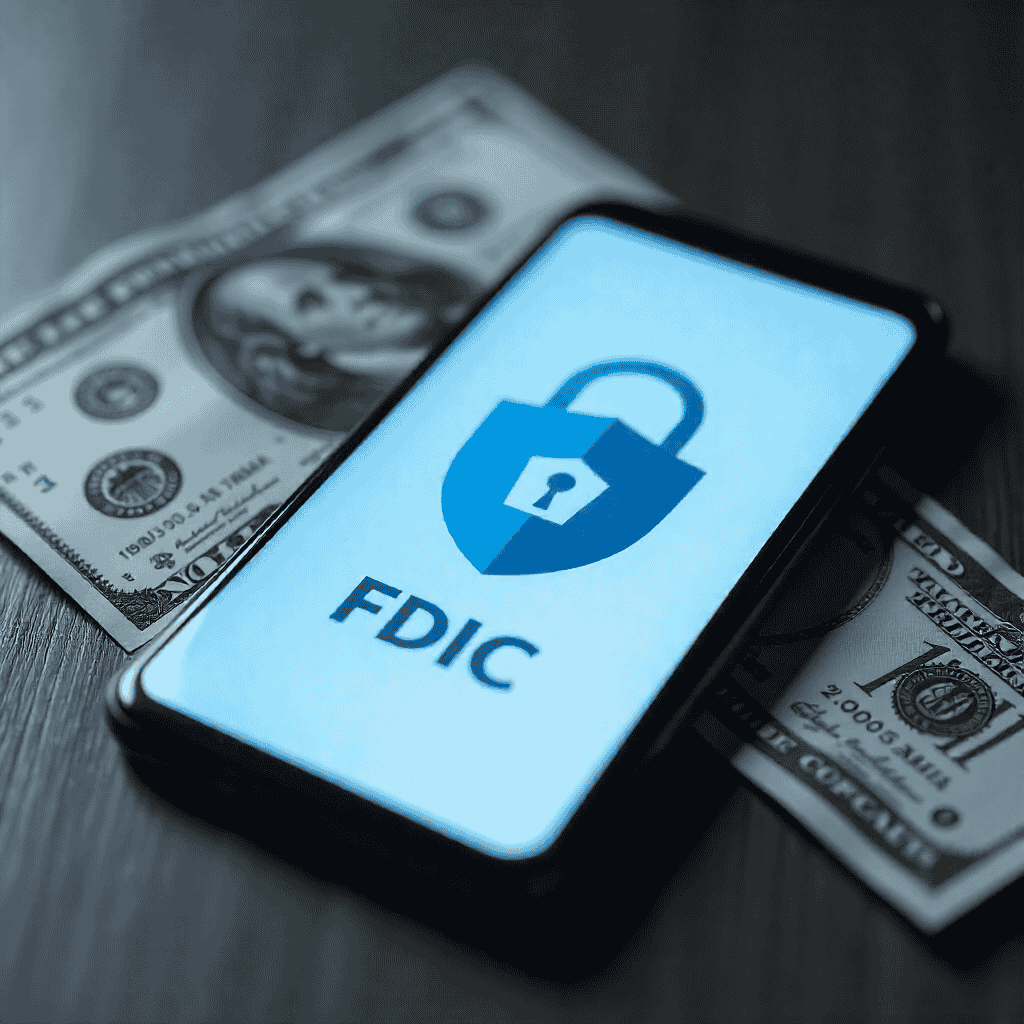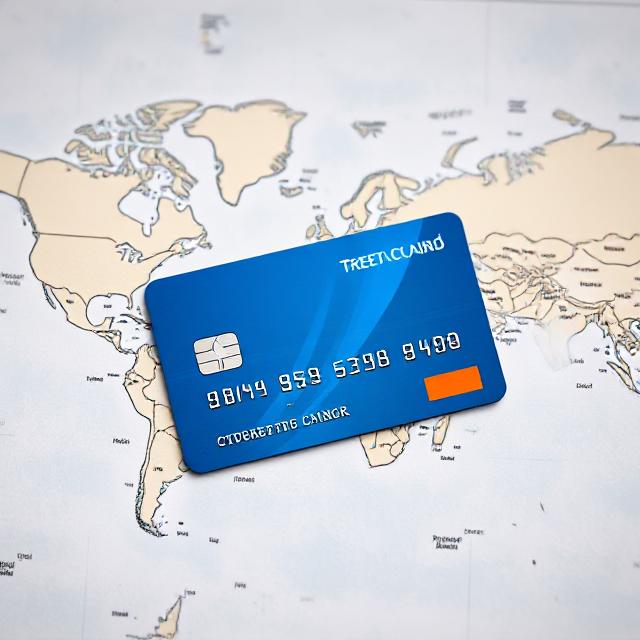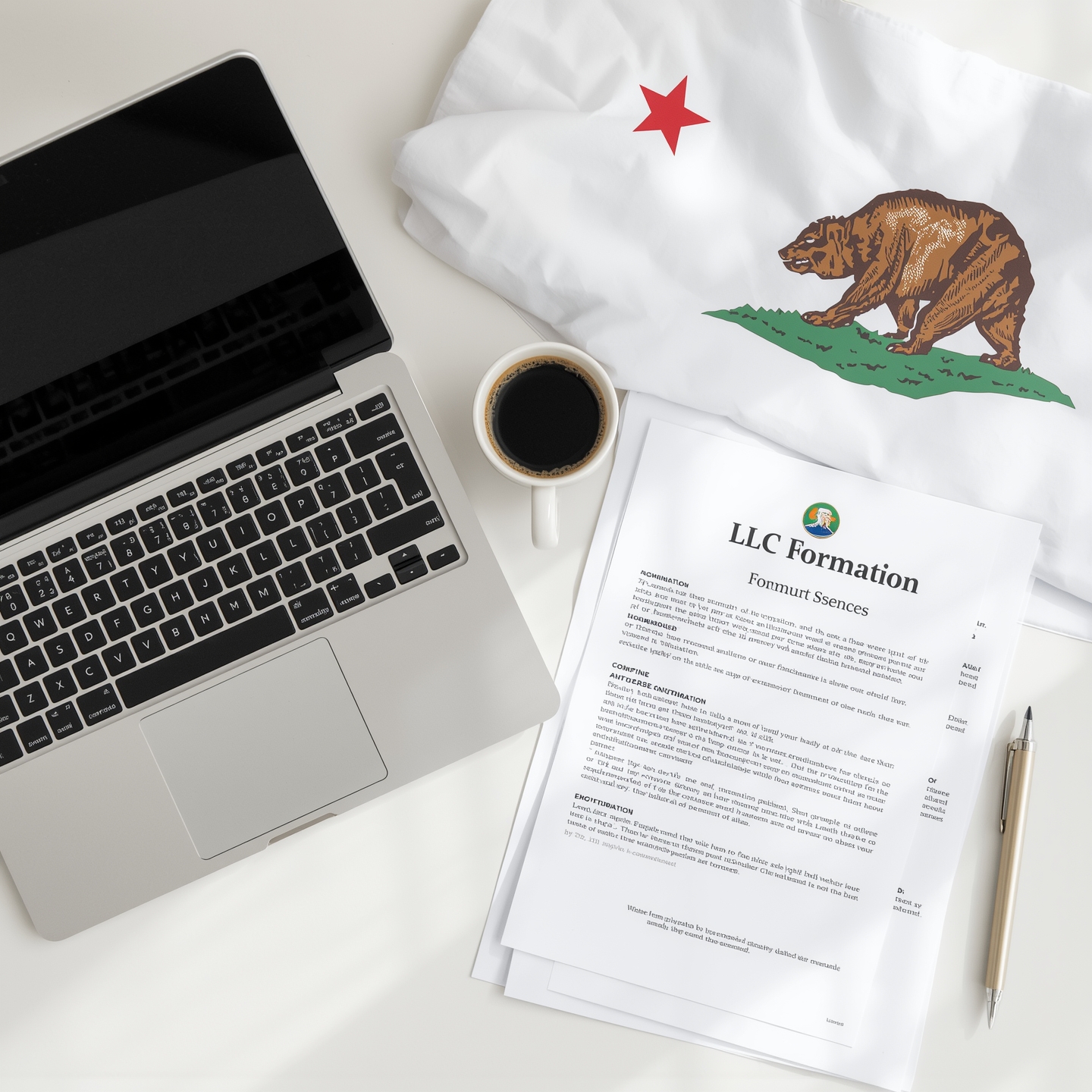
Cycling is a popular and healthy activity enjoyed by millions across the United States every day. Whether you ride your bike to work, for exercise, or just for fun, understanding the risks and your rights if an accident happens is critical. Bicycle accidents can cause severe injuries and long-lasting impacts on your life, especially if caused by someone else’s negligence.
In this comprehensive guide, you’ll learn everything about hiring a bicycle accident lawyer, navigating legal claims, state-specific laws, and how to protect yourself. We embed important U.S. government resources throughout to keep you fully informed and prepared.
What Does a Bicycle Accident Lawyer Do?
A bicycle accident lawyer is a personal injury attorney specializing in cases where cyclists are injured due to accidents involving cars, pedestrians, or hazardous road conditions. Their role is to:
- Investigate the accident thoroughly, often with the help of official police reports available through local law enforcement websites (e.g., FBI Uniform Crime Reporting)
- Collect and preserve evidence such as photos, police reports, and witness testimonies
- Identify liable parties based on negligence or recklessness
- Calculate fair compensation for damages including medical costs, lost wages, and pain and suffering
- Negotiate with insurance companies or represent you in court if necessary
- Guide you through complex legal procedures specific to bicycle accidents
Because bicycle accident law intersects with traffic regulations, lawyers often consult state transportation department regulations, such as the Federal Highway Administration’s Bicycle and Pedestrian Program for best practices.
Why Is It Essential to Hire a Bicycle Accident Lawyer?
Legal complexities make professional help essential:
- Insurance companies are regulated by the state insurance commissions — for complaints or disputes, you can contact the National Association of Insurance Commissioners (NAIC).
- Statutes of limitations vary by state, often codified in each state’s legislature or judiciary websites — for example, find your state’s laws through the National Conference of State Legislatures.
- Medical records needed for claims come from hospitals governed by the Health Resources and Services Administration (HRSA) ensuring patient rights are protected.
A bicycle accident lawyer is your best advocate navigating this complex system.
Understanding Bicycle Accident Statistics in the USA
According to the National Highway Traffic Safety Administration (NHTSA), over 900 bicyclists were killed in traffic crashes in 2022 alone, with tens of thousands injured. Learn more about bicycle safety statistics on the NHTSA website.
The Centers for Disease Control and Prevention (CDC) estimates bicycle-related injuries lead to over 500,000 emergency department visits annually. Their Bicycle Safety page includes prevention tips and injury data.
The Bureau of Transportation Statistics (BTS) also provides detailed national and state-level data on traffic crashes involving bicycles, available at BTS Traffic Safety Data.
Common Causes of Bicycle Accidents in the United States
Bicycle crashes occur due to various reasons:
- Motor vehicle collisions caused by distracted or impaired drivers, with enforcement statistics tracked by the National Institute on Drug Abuse (NIDA) and the National Highway Traffic Safety Administration.
- Failure to yield right of way — many states have specific right-of-way laws detailed on their Department of Transportation sites (for example, the Ohio Department of Transportation Bicycle Laws).
- Dooring accidents, a major cause of bike crashes, are regulated in various states; you can read about laws on dooring via the National Conference of State Legislatures.
- Poor road maintenance issues are often reported to local government transportation departments, like the New York City Department of Transportation which handles potholes and hazards affecting cyclists.
Legal Rights of Bicyclists in the USA
Cyclists have legal rights similar to drivers, codified in federal and state law. The Federal Highway Administration provides guidance on bicycle rights and safety in their Bicycle and Pedestrian Program.
Many states publish their bicycle laws online — here are official state DOT resources:
- California Department of Motor Vehicles Bicycle Laws
- Florida Department of Transportation Bicycle Safety
Texas Department of Transportation Bicycle and Pedestrian Program
To look up your specific state laws, visit the USA.gov Bicycle Laws portal.
What Damages Can a Bicycle Accident Lawyer Help You Recover?
Typical damages in bicycle accident claims include:
- Medical costs, which can be supported with bills and records from hospitals compliant with Centers for Medicare & Medicaid Services (CMS).
- Lost wages, verifiable through your employer and tax records with support from the Internal Revenue Service (IRS).
- Property damage, often validated by receipts or police reports filed with local law enforcement.
- Pain and suffering compensation, which varies by jurisdiction and is outlined in many state civil codes; you can research specific statutes through Cornell Law School’s Legal Information Institute.
Steps to Take After a Bicycle Accident
Immediate actions can protect your rights:
- Ensure safety and call 911 — emergency responders document the incident, generating official reports often accessible later via city or county police websites.
- Gather evidence at the scene — photos and videos can be uploaded or preserved through government-run portals like your local police department’s digital evidence submission page.
- Collect witness information — in some jurisdictions, police provide guidance on witness statements and legal protections.
- File a police report — many police departments, such as the Los Angeles Police Department, allow online report requests.
- Seek prompt medical evaluation — health providers follow HIPAA regulations enforced by the Department of Health and Human Services (HHS).
- Notify your insurance company — state insurance commissioners’ offices often provide guidelines on reporting, e.g., California Department of Insurance.
- Contact a bicycle accident lawyer — legal aid offices can be found via USA.gov Legal Assistance.
How a Bicycle Accident Lawyer Builds a Strong Case
Your attorney may:
- Obtain official accident reports from law enforcement agencies, like the National Motor Vehicle Crash Causation Survey (NMVCCS).
- Interview witnesses and use expert witnesses certified by professional boards like the National Academy of Forensic Engineers.
- Use traffic safety regulations from the Federal Motor Carrier Safety Administration (FMCSA) if commercial vehicles are involved.
- Calculate damages considering medical inflation rates provided by the Bureau of Labor Statistics (BLS).
Statute of Limitations: How Much Time Do You Have to File a Claim?
Each state has specific deadlines. For detailed info, consult:
- The American Bar Association’s State Laws on Statutes of Limitations
- Or the National Conference of State Legislatures database for comprehensive listings
State-Wise Deep Dive: Bicycle Accident Laws and Insights for Top States
California
California mandates safe passing distance under California Vehicle Code Section 21760. The California Office of Traffic Safety regularly publishes accident data and safety campaigns at ots.ca.gov.
Florida
Florida’s “Three-Foot Passing Law” is detailed at the Florida Department of Transportation. The Florida Highway Safety and Motor Vehicles also provides cyclist safety info.
Texas
The Texas Transportation Code Chapter 551 governs bicycle laws. The Texas Department of Transportation offers safety education resources.
New York
The New York Vehicle & Traffic Law §1234 sets rules for motorists passing cyclists. The NY DOT Bicycle Program shares resources and crash data.
Illinois
Illinois statutes on bicycles are codified under 625 ILCS 5/11-1502. The Illinois Department of Transportation publishes safety tips and traffic statistics at idot.illinois.gov.
Special Focus: Dooring Accidents and Legal Recourse
Dooring is a major cause of cyclist injuries. Laws and enforcement vary; for a federal perspective, review the National Transportation Safety Board (NTSB) Safety Recommendations.
State-specific dooring laws are summarized by the National Conference of State Legislatures (NCSL).
Bicycle Accident Insurance Claims: What You Should Know
Insurance processes are regulated by the National Association of Insurance Commissioners (NAIC), and many states have online portals for consumer assistance, such as the California Department of Insurance.
Why Insurance Companies Might Offer Low Settlements
Insurance regulation agencies such as the Consumer Financial Protection Bureau (CFPB) monitor unfair practices. If you suspect bad faith tactics, these agencies provide complaint mechanisms.
How to Choose the Right Bicycle Accident Lawyer: Questions to Ask
Many states maintain lawyer referral services through their bar associations, e.g., the California State Bar Lawyer Referral Services.
The Role of Expert Witnesses in Bicycle Accident Cases
Experts are often certified through boards recognized by the National Institute of Standards and Technology (NIST) or industry groups.
The Impact of Helmet Use on Legal Claims
For helmet law info by state, consult the CDC’s Bicycle Helmet Laws and state health departments such as California Department of Public Health.
Federal Support and Grants for Bicycle Safety Infrastructure
The Federal Highway Administration manages grant programs to improve bike infrastructure — details at FHWA Bicycle and Pedestrian Program.
How Technology Helps Bicycle Accident Claims
Dash cams and smartphones provide vital evidence. Many states encourage use and submission of such evidence via police department portals, for example, Chicago Police Evidence Submission.
FAQs About Bicycle Accident Lawyers
What should I do if the other driver has no insurance?
You may file an uninsured motorist claim as regulated by your state’s insurance commission (e.g., Texas Department of Insurance).
Can I still sue if I caused part of the accident?
Most states apply comparative negligence laws, described in detail by the American Bar Association.
How long does a bicycle accident case take?
It varies. For more on litigation timelines, see U.S. Courts’ Guide to Civil Litigation.
Conclusion: Protect Yourself and Your Rights on the Road
Cycling is rewarding but carries risks. Knowing your rights and having an experienced bicycle accident lawyer can protect you if tragedy strikes. Always wear protective gear, obey traffic laws, and report accidents properly.
If injured, act quickly to consult legal experts and use government resources linked throughout this guide for your safety and legal peace of mind.
READ MORE:
- Stay Safe Online:Essential Internet Safety Tips Every American Should Know
- Top Government Grants for Small Businesses in USA
- Finding Financial Freedom: Your Guide to Second Chance Checking Accounts Near You





























2 comments on “Bicycle Accident Lawyer: Your Ultimate Guide to Legal Support USA”